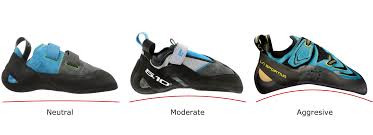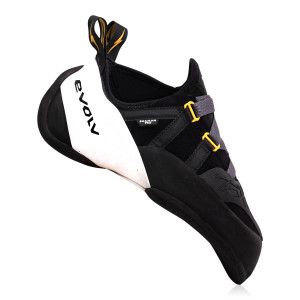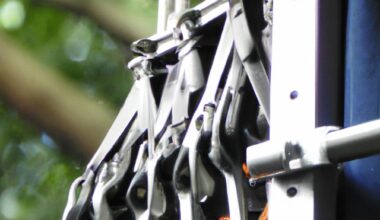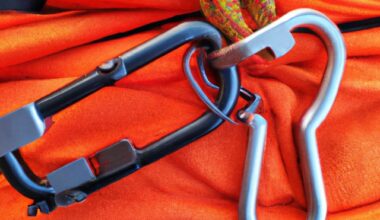Think your trendy sneakers are up for a climbing adventure? Think again! Read this article before making a costly mistake on the rocks
Climbing requires specific footwear designed to provide precision, support, and grip on various surfaces. Thus, climbing shoes are an essential part of any climber’s gear. Finding the right pair can significantly impact your performance, comfort, and safety.
However, it can be overwhelming to choose from the various types of climbing shoes available on the market. This guide explains the various types of climbing shoes, their features, and which suit various climbing styles.
Let’s begin with an introduction to climbing shoes.
What Are Climbing Shoes?
Referring to our guide on beginner climbing gear, climbing shoes are the most important. Climbing shoes have features that differentiate them from regular or athletic shoes. All types of climbing shoes have the following features:
- Sticky rubber soles for maximum friction against rock surfaces
- A downturned shape to focus power on the toe box
- A snug fit that eliminates dead space but allows for precise foot placements.
However, there are various types of climbing shoes based on design and purpose, and it is essential to choose the right one.
Why You Should Choose The Right Type of Climbing Shoes
Climbing shoes provide grip, support, and sensitivity while climbing. For any climbing discipline (bouldering, sport climbing, or trad climbing), the right shoe type will enhance your ability to feel the rock, maintain traction, and climb well.
Selecting the wrong type of climbing shoe can lead to discomfort, reduced performance, and, in the worst case, injuries. Let us explore the main types of climbing shoes.
Main Types of Climbing Shoes
1. Neutral or Flat Climbing Shoes
Designed for all-day comfort, these shoes have a relatively flat profile with minimal downturn and moderate asymmetry. This allows for natural foot positioning and better weight distribution.
Neutral shoes prioritize comfort while still providing adequate performance for most climbing situations.
Key Characteristics:
- Provides comfort and stability for extended wear
- Has a thicker rubber for enhanced durability.
- A roomier toe box, which reduces foot strain and discomfort.
Best for:
- Beginners
- Trad climbers who prioritize comfort
- Multi-pitch routes and crack climbing
2. Moderate Climbing Shoes
A perfect choice for intermediate climbers, moderate climbing shoes offer some downturned features, making them versatile for various climbing styles. These improve your performance on steeper terrain while maintaining comfort for longer sessions.
Key Characteristics:
- Slight downturn, which enhances grip on edges and holds.
- Medium-stiff midsole, which offers better support without sacrificing sensitivity.
- An asymmetrical shape that directs power to the big toe for precision.
Best for:
- Sport climbing
- Crack climbing
- Intermediate to advanced climbers
3. Aggressive Climbing Shoes
Aggressive climbing shoes have a pronounced downturn and an asymmetric shape. These are designed for advanced climbers who need maximum performance on steep or overhanging routes.
Key Characteristics:
- A pronounced downturn, which helps with toe hooking and edging on steep climbs.
- Has a tight fit for enhanced precision but can be uncomfortable for prolonged use.
- Has a sticky rubber sole, which provides maximum grip on tiny footholds.
Best for:
- Bouldering.
- Steep sport climbing.
- Overhanging routes.
Specialized Types of Climbing Shoes
Aside from the main types of climbing shoes, there are other types based on the material, closure type, or climbing discipline. These specialized types of climbing shoes are:
- Based On Closure Type
The closure type affects ease of use, adjustability, and performance.
1. Lace-Up Climbing Shoes
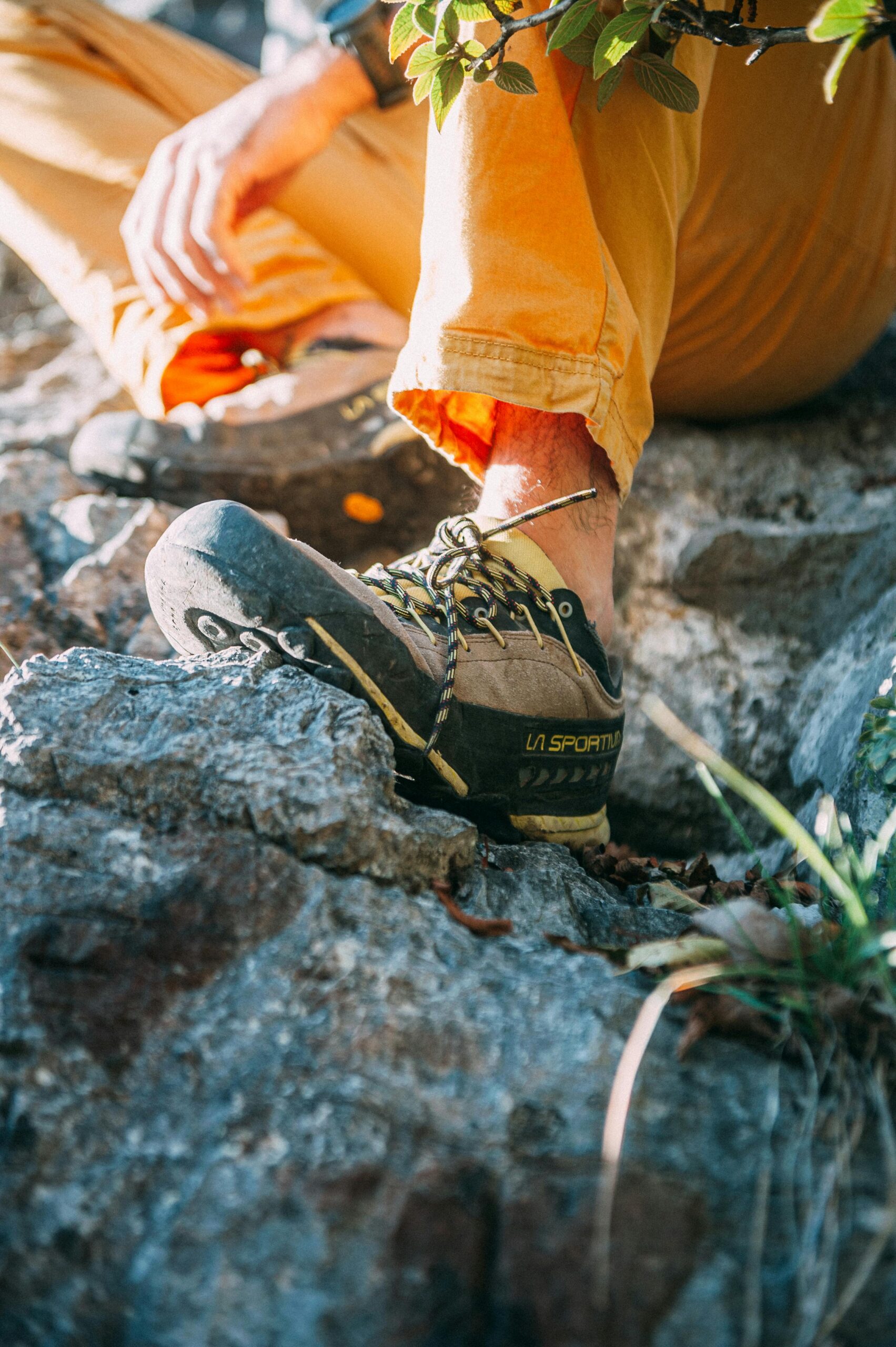
These shoes provide the most customizable fit. They are perfect for all-day comfort, as you can tighten or loosen them depending on your foot shape and the type of climb.
Though they provide comfort for long climbs, they take longer to put on and remove.
2. Velcro (Strap) Climbing Shoes
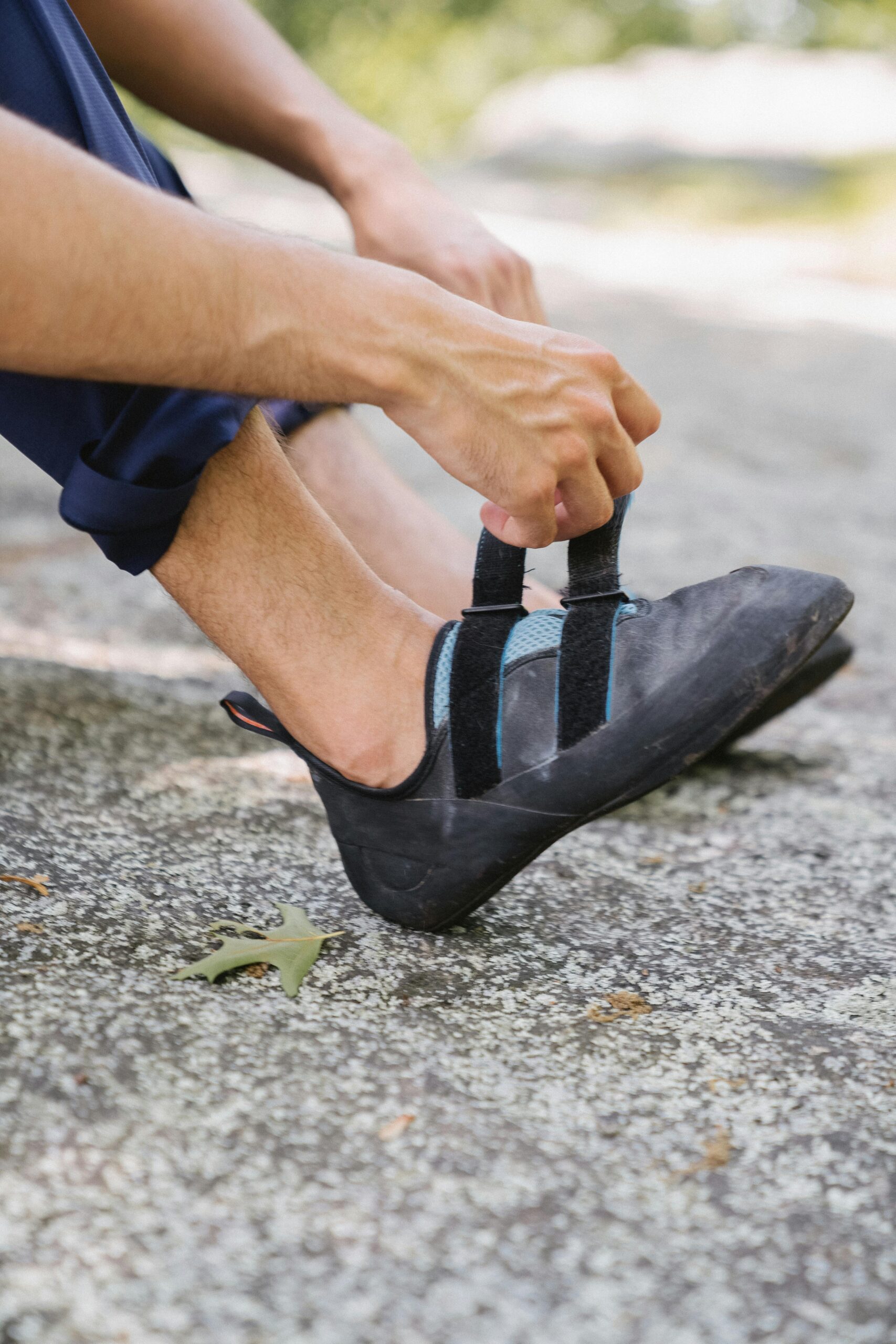
Compared to lace-up climbing shoes, Velcro shoes provide more convenience. They are easy to put on and take off and great for boulderers.
3. Slip-On Climbing Shoes
Also known as slippers, these shoes have an elastic closure, which maximizes sensitivity and flexibility. Slip-on climbing shoes are perfect for crack climbing and gym training.
- Based on Material
The material of a climbing shoe affects its comfort, stretch, and durability.
1. Leather Climbing Shoes
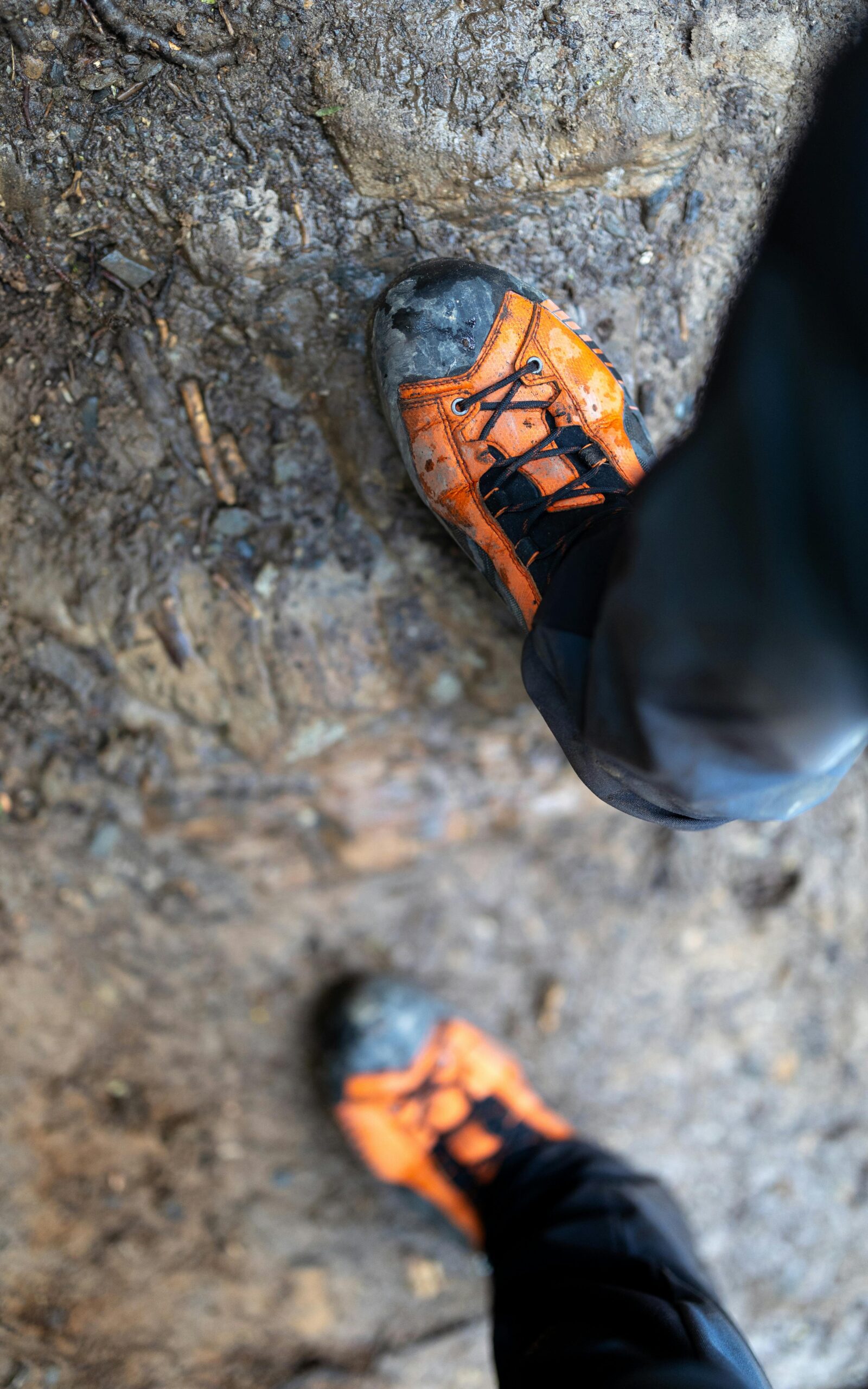
Leather climbing shoes are comfortable and mold to the shape of your foot over time. But they can stretch up to a full size.
2. Synthetic Climbing Shoes
Synthetic climbing shoes do not stretch as much as leather ones. They maintain their fit and have a minimal stretch. However, they are less breathable than leather shoes.
3. Hybrid Climbing Shoes
These shoe types combine both leather and synthetic materials for a balanced performance.
- Based on Climbing Discipline
Different climbing disciplines require different types of climbing shoes. This ensures comfort while enhancing performance.
1. Slab Climbing Shoes
These climbing shoe types are perfect for low-angle, friction-dependent routes. They have thinner midsoles for increased sensitivity and softer rubber for maximum surface contact.
2. Crack Climbing Shoes
These types of climbing shoes are designed for jamming into rock cracks. These shoes are made of durable material that can withstand abrasion and have higher-cut designs to protect your ankles. Their flat profile feature makes foot jams less painful.
3. Technical Face Climbing Shoes
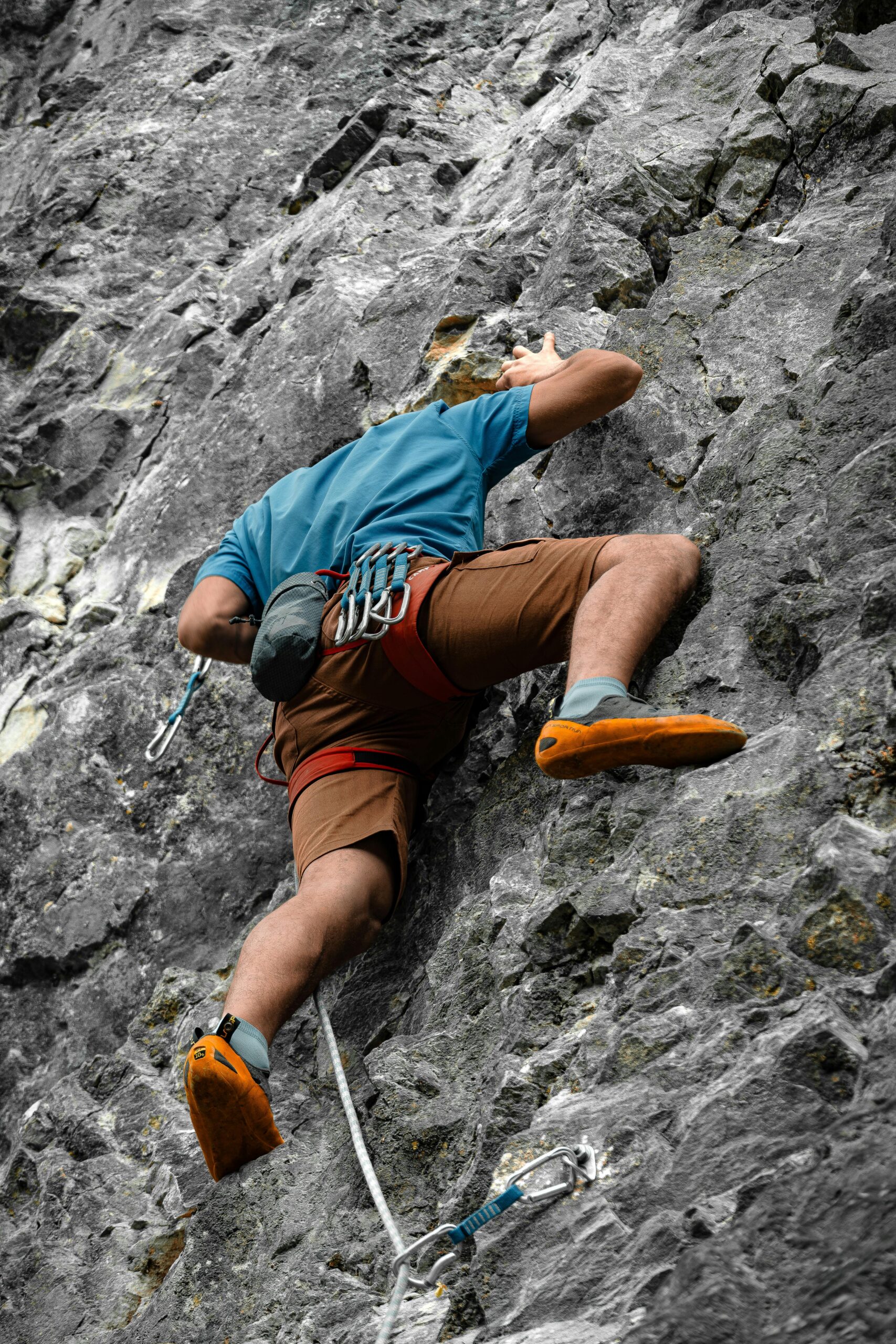
These shoes have features that help with precision on small holds. The features include a moderate downturn, a stiff forefoot, and a precise toe box.
4. Gym Climbing Shoes
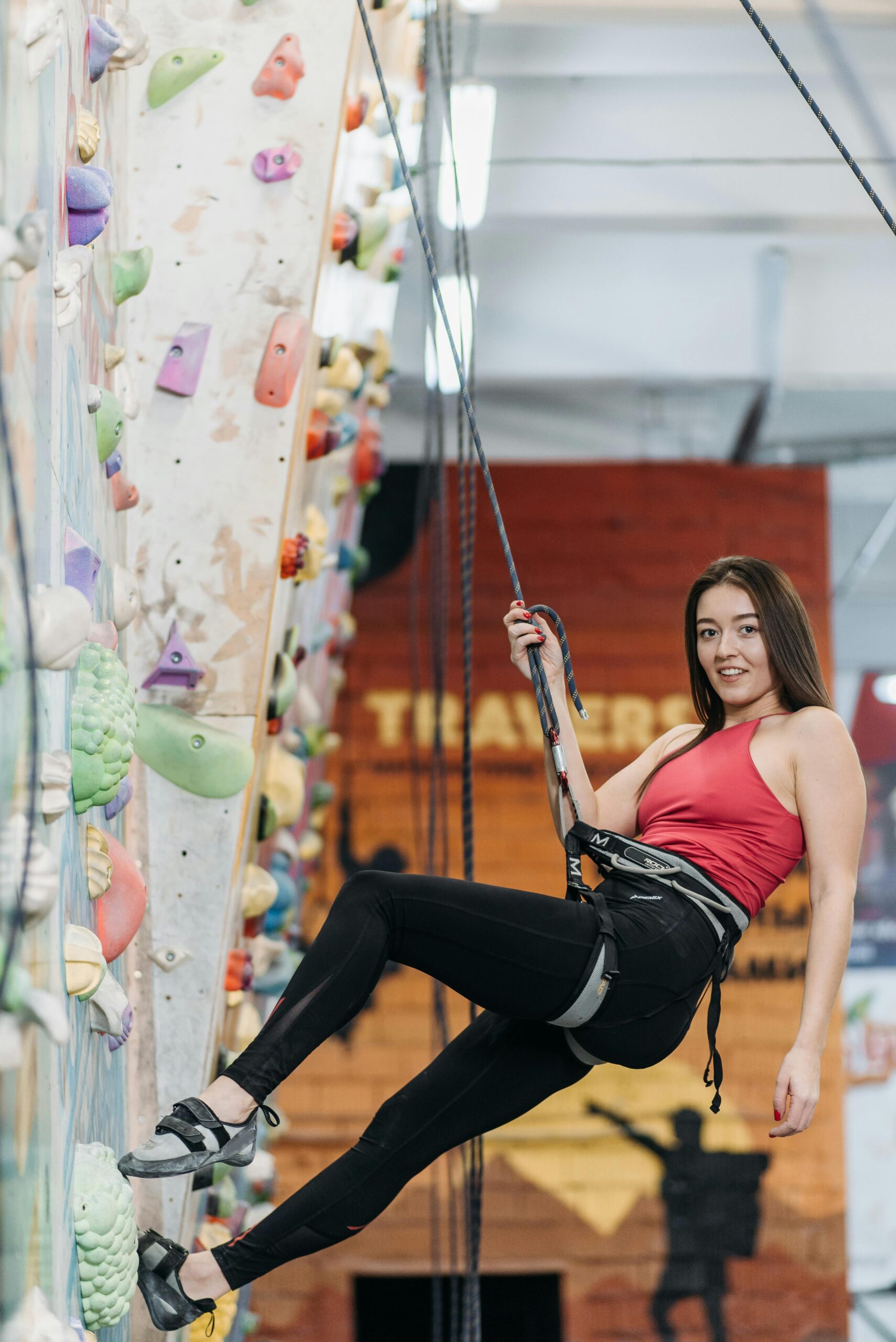
Gym climbing shoes offer a balanced performance and durability but are made to be used indoors.
How To Select The Right Climbing Shoe
When choosing the perfect shoe type from among the various types of climbing shoes, consider the following:
- Level of experience: Neutral shoes are best for beginners, while aggressive shoes are for advanced climbers.
- Climbing Style: Bouldering, sport climbing, or trad climbing require shoes with specific features. Match shoe features to your preferred style.
- Comfort and Performance: Consider what you prioritize the most. Do you need all-day comfort, aggressive precision, or a balance of both?
- Closure System: Do you prefer lace-ups, Velcro, or slip-on shoes?
- Material: Select a shoe type based on whether you want stretchable leather or consistent synthetic shoes.
- Fit and Size: Always consider a snug fit, which enhances performance. Avoid overly tight shoes because they cause pain.
How To Care For Your Climbing Shoes
After getting yourself the right pair(s) of shoes, you have to properly care for them to ensure that they last a long time. Here is the way to go:
- Air dry after climbing
- Do not leave shoes in the sun or a hot car but store them in a well-ventilated area
- Clean rubber soles periodically with a damp cloth and a soft toothbrush
- Use shoe deodorizers
- Resole when the rubber thins before you get holes
- Buy more than one pair
Conclusion
Knowing the different types of climbing shoes makes it easier to find the perfect pair for your needs. There is a shoe for every experience level and climbing style, but comfort should always be a priority.
Happy feet mean better performance, more confidence, and longer climbs. Find the right fit, lace up, and enjoy the climb!

